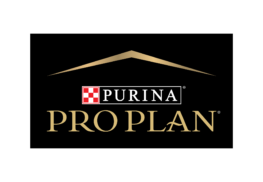Winter Cover for Pheasants
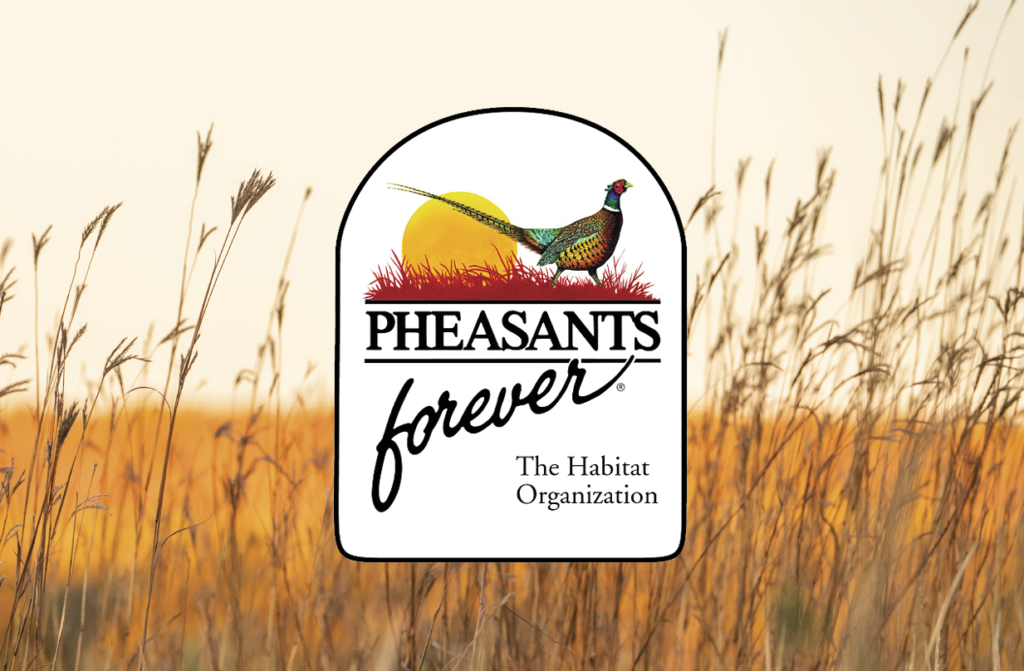

By Dan Borchardt
Is Winter Cover a Limiting Factor for Your Local Pheasants? Then Get Busy Making Habitat for the Birds
Harsh winter conditions always create concerns about the well-being of pheasant populations and the threat of starvation.
But pheasants rarely die from starvation in winter months. Their greatest threat is exposure to the elements and predators when foraging. The key to the birds’ winter survival is good thermal cover that will shelter them through storms and protect them from predation.
Winter is a white canvas and the habitat we establish is the color we paint with to ensure a successful pheasant population.
Three Habitat Components
Three habitat types must be available to sustain a healthy pheasant population.
Nesting / brood rearing habitat should make up at least 65 percent of your cover. This should consist of a diverse prairie planting of native grasses and wildflowers.
Winter cover can make up about 25 percent of a site depending on the amount of total habitat available. This winter cover should consist of dense native grasses, woody shrubs and conifers, cattails, or other dense stemmy vegetation.
Food plots are the final piece of the puzzle, filling the last 10 percent.
Evaluate the habitat within and around the property. Identifying which of these habitat types is lacking and build a plan to address any habitat gaps to ensure a more robust pheasant population.
But here we’re talking about winter survival. Let’s explore three key features.
Shelterbelts
Giving birds access to high-quality winter cover is essential for harsh winters, and shelterbelts are a great way to protect against severe weather events. Shelterbelts also provide loafing and escape cover year ‘round.
Woody cover can be the first defense in creating a windbreak. Snow catches here for the rest of the property, so it’s best to plant your shelterbelt on the northwest corner of the site. Four to eight rows work well in most cases, depending on the available space.

Typically, with eight rows I recommended planting two rows of shrubs on the outside, then a fifty-foot-wide strip of prairie (which serves as a snow catch area), four rows of conifers in the center, and finally two rows of shrubs on the inside.
Diversity is the key to all successful habitat. So not surprisingly, wildlife value increases with more varieties of native shrubs. Shrubs not only offer shelter, but can be good source of food, with the fruits and seeds they produce. A variety of conifers can be used but eastern red cedar offer some of the best dense cover when planted in shelterbelts.
Cattails and Native Grasses
The next components of winter cover are cattails and dense native grasses.
If not present, cattails can be established by restoring shallow wetlands in areas they existed historically. The seeds are usually already in the soil bank and the plants will appear on their own when the site becomes wet again.
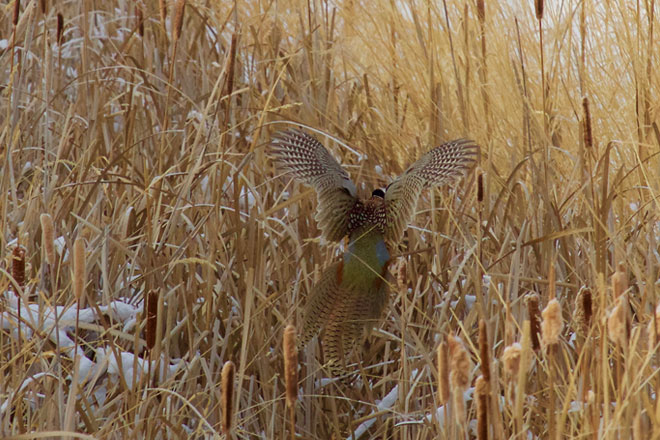
Grass species such as big bluestem, Indiangrass and switchgrass should be placed next to the food plot if present, or on the leeward side of the shelterbelt. Switchgrass should be a predominant portion of this mix because of its stiff stems and tendency to remain upright under heavy snow.
Dense grasses provide important thermal cover and a place to remain safe from predators. Proper placement of the winter cover will enhance the ability of the remaining cover to also provide habitat during winter months. Stiff stemmed wildflowers planted as a component of nesting cover and as pollinator habitat also add this dimension.
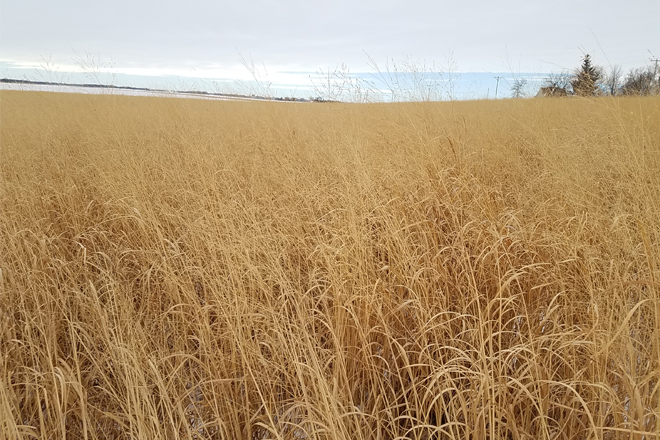
Food Plots
Look at what is available for food in your area and determine if the addition of a food plot will benefit the property. Adding a food plot within good cover will limit the bird’s exposure to the elements and to potential predators by eliminating their need to leave quality habitat.
For this same reason, supplemental feeding with grain in winter is discouraged and incorporating a food plot is encouraged. Planting blocks of food sources such as sunflowers, sorghum, millet or corn within the habitat offer protection to escape from predators, helps birds maintain better body temperature and allows them to expend less energy while finding food.
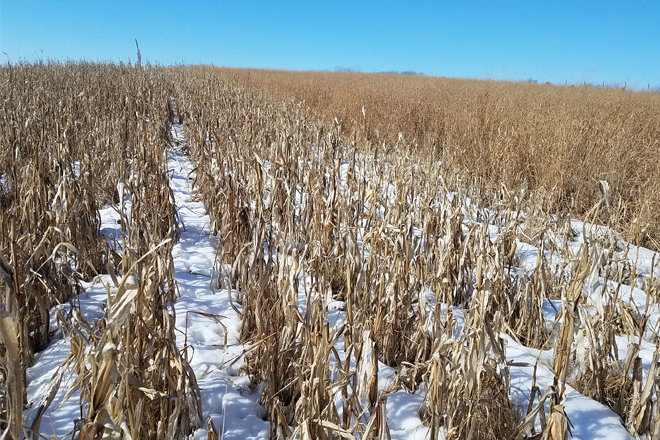
These factors support better physical health of the birds, which is very important, especially for the hens as they prepare for the upcoming nesting season.
Another source of food and cover could be annual weeds such as giant ragweed. Your first instinct is to mow these areas, but they supply a great food source and their stiff stems mimic that of woody cover. You do not want all the cover to be weeds, but small areas of annual weeds should be tolerated and in fact welcomed.
Diversity Reigns
Having a diversity of habitat is the key to supporting a good population of pheasants and other wildlife.
Evaluate what is on and around the property. You may not need to have all the components on your site if some are present on the other side of the fence.
Look at the limiting factors and focus on them, making sure winter cover is always in the picture. Winter cover improves the physical health of pheasants, and promotes increased reproductive success for hens.
Now is always the right time to start planning to improve your habitat for next winter and beyond.
SHARE ON
You may also like
The role corn plays for gamebirds and economies ac...
Sportsmen’s conservation policy issues from publ...
Sportsmen’s conservation policy issues from publ...


















